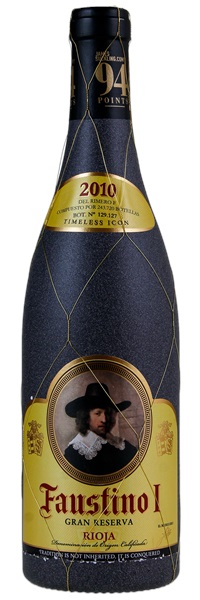Estimate

Very complex aromas of ripe berries, sultanas, cedar and hints of chocolate. Full-bodied with round, ripe tannins that are layered and fresh. A delicious combination of mature fruit and mahogany add to the complexity of the wine.
...aromas of plum, cassis and caramel, but is surprisingly bright on entry. It offers complex dark-fruit flavors up front that dissolve into notes of butterscotch, tobacco and dark chocolate. Plush tannins make their presence known right into the fruit-filled finish.
Ripe cherry and red currant aromas, along with hints of cured tobacco, coconut and candied rose. Gently chewy and focused on the palate, offering bitter cherry, floral pastille, licorice and vanilla flavors that take a sweeter turn through the back half. Finishes long, subtly chewy and smoky, with dusty tannins framing lingering cherry and succulent herb notes.
This silky red expands on the palate, showing fresh, ripe cherry, vanilla, tea and orange peel flavors. Light, well-integrated tannins and citrusy acidity keep it balanced. Vibrant and harmonious, in the traditional style.